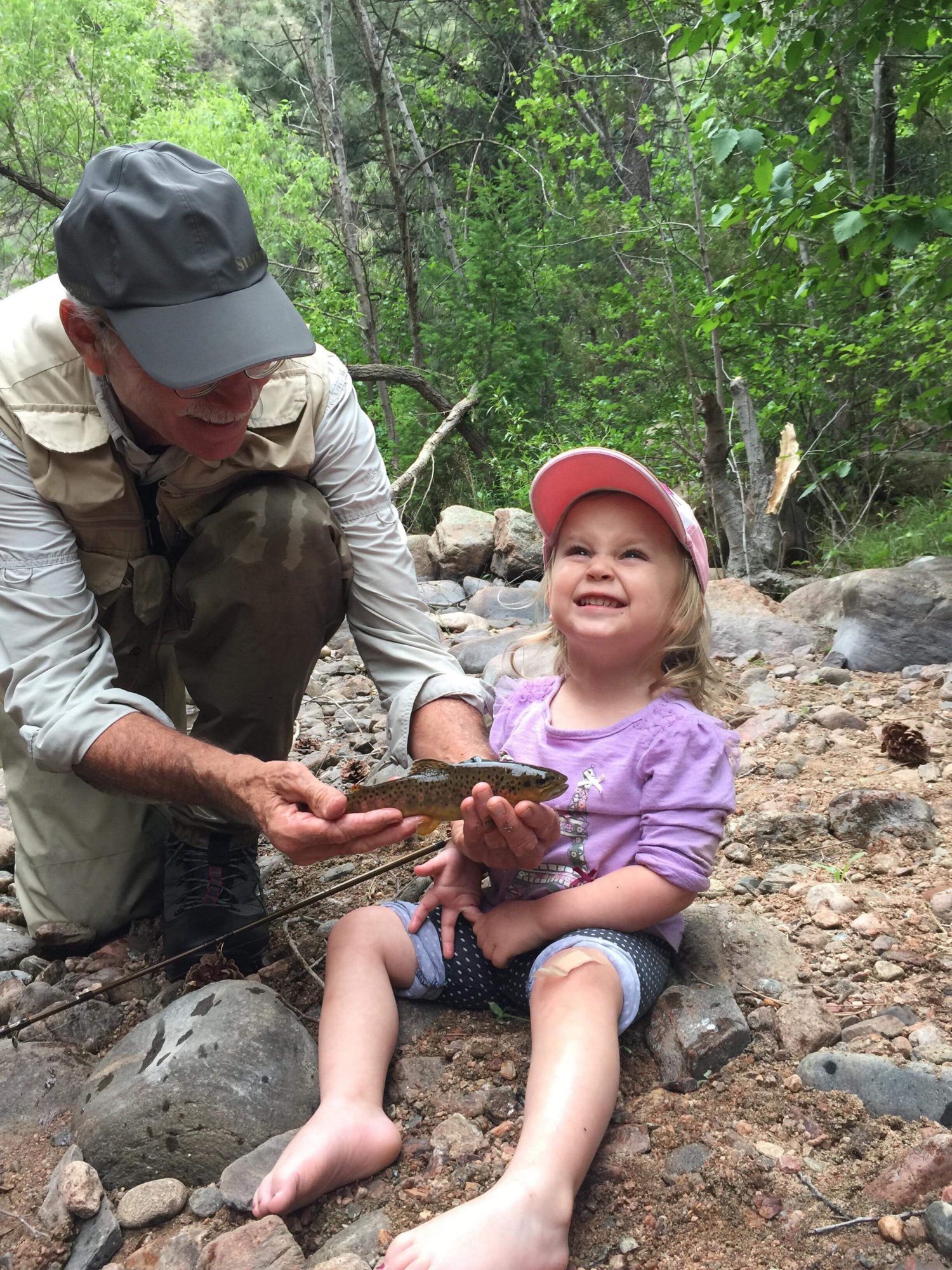Ah, the pleasures of grass!!
GOTCHA!! All you baby boomers out there of course thought this piece was going to be about that recreational drug of our youth, especially since I am in Colorado where marijuana is legal. But no, I am writing to sing the praises of that broad plant family called grass that has thrived this year around my cabin thanks to all the rain. Almost a dozen species have created a beautiful, luxuriant undulating sea on the slopes down to the creek. Three of my favorites are mountain brome, blue grama, and Indian rice grass—each distinctive and fascinating.
As I drive up the country road to my cabin, the gravel track narrows, bracketed by a thick stand of gigantic Bromus maginatus, a species of grass known commonly as mountain brome . The plant books say this perennial grass grows to four feet, but these giants tower over me as I get out to inspect their heads waving in the breeze. The nodding tassels have bunches of 5-10 bristle-tipped tiny yellow flowers. The leaves are long and a little hairy. Mountain brome is native to western North America, and cattle love it as do other grazing animals including mountain sheep and deer. Birds and rodents savor it also. Farmers and ranchers value it because it can tolerate drought, and its shallow root system is good for erosion control. But here in the subalpine wilds where it is native among the sage and rabbitbrush, mountain brome likes moister areas best. The little niche where this stand has flourished flooded back in June when the nearby creek spilled over into the meadow along the road providing the perfect habitat, an odd oasis in this high-mountain desert that gets barely a foot of moisture in an average year.
Up around the cabin on the drier slopes, the pint-sized blue grama grass is thriving this year. The past couple of summers little has grown here and even the tough-as-nails yucca haven’t bloomed. Then as if by magic t he grasses reappeared thanks to good snow and April/May/June showers. I love these little gems, with their distinctive pattern of having seeds only on one side of their stems, called single-sided inflourescence. Yikes, that’s a mouthful.
he grasses reappeared thanks to good snow and April/May/June showers. I love these little gems, with their distinctive pattern of having seeds only on one side of their stems, called single-sided inflourescence. Yikes, that’s a mouthful.
Where’s the grass been hiding?? Amazingly, these little green-greyish plants, barely a foot high, have root systems that can go down six feet! And the tricky blue grama also employs what horticulturalists call an “opportunistic water-use strategy,” rapidly using water when available, then playing possum during less-favorable conditions. They are also grazing-, cold-, and drought-tolerant. As a result, the hearty little blue grama is the dominant species in most short-grass prairies like the Great Plains, but not here. That honor goes to Indian rice grass.
Ryzopsis hymenoides grows in a variety of habitats from desert scrub up to ponderosa pine forests—all of which can be found within a few miles of the cabin. It can live in a range of soils, but does particularly well in sandy, rocky earth around here where it is the dominant grass growing with the sweet-smelling sagebrush. Bison, bighorn sheep, elk, mule deer, pronghorns, and jackrabbits all love this dainty looking, but tough little grass that is especially important in late winter because it greens up early. 
Reportedly, the grass was a staple food of some Native American tribes such as the Zuni, especially if their maize crop failed. They ground the seed for making bread. Rice grass has a more modern following. Today it is often found in xeriscapes where with enough room it can grow large. Its open, spangled silhouette is very attractive, and the flower stalk is frequently used in dried flower arrangements. Since 2000, rice grass has been cultivated in Montana and marketed under the trade name Montina as a gluten-free grain. Befitting its status here and throughout the West, it has been declared the state grass of both Nevada and Utah. I have detected a slight rightward tilt in most plants I have personally observed.


